
ShrubHub's Guide to Fig Trees
Published: 29/05/2024 | Updated: 29/05/2024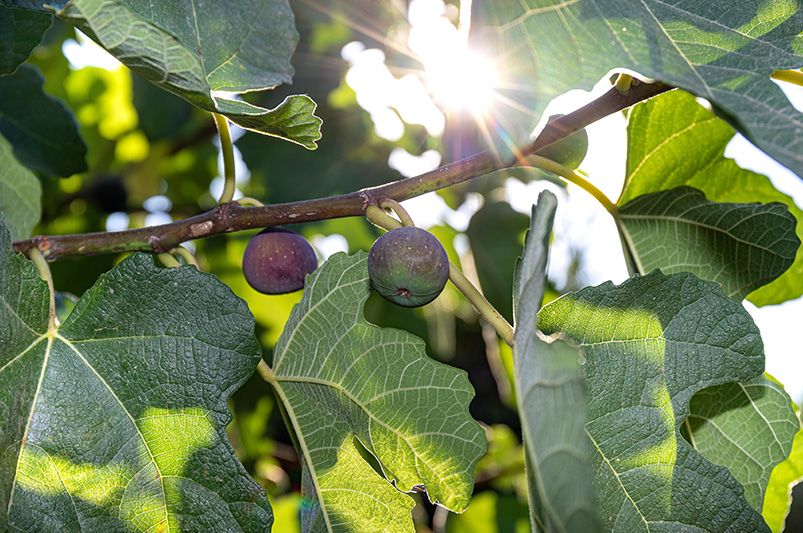
Have you ever dreamt of transforming your backyard into a sun-drenched oasis, overflowing with the intoxicating aroma and taste of the Mediterranean? Look no further than the fig tree, a horticultural gem waiting to be unlocked!


This in-depth exploration, brought to you by ShrubHub, your trusted companion in the world of landscaping, will unveil the secrets to cultivating magnificent fig trees. We’ll delve into expert tips, uncover hidden hacks, and guide you through budget-conscious strategies to cultivate a harvest that will tantalize your taste buds.
ShrubHub’s passion for fostering thriving gardens extends beyond this fig-tastic adventure. Our treasure trove of knowledge awaits you at Shrubhub blog, brimming with weekly articles designed to elevate your gardening prowess, regardless of your experience level.
Join us on this exciting expedition as we navigate the world of fig trees, from planting the first seed to reaping a bountiful harvest. Let’s embark on this fruitful adventure together and discover the magic that lies within the fig!
Exploring Fig Tree Varieties:
Fig trees are renowned for their diversity, offering varieties that cater to different tastes and climates. At ShrubHub, we’re proud to curate a collection of premium fig trees, ready to adorn your garden with their beauty and bounty. Let’s dive into the world of fig tree varieties and discover the perfect addition to your outdoor oasis.
Overview of Fig Tree Species:
Fig trees, with their large, lobed leaves and unique fruit structure, characterize the genus Ficus. The common fig tree, Ficus carica, is the most widely cultivated species and comes in a variety of cultivars with different flavors and fruit colors. Other notable species include Ficus benghalensis and Ficus religiosa, which are commonly grown for their ornamental value.
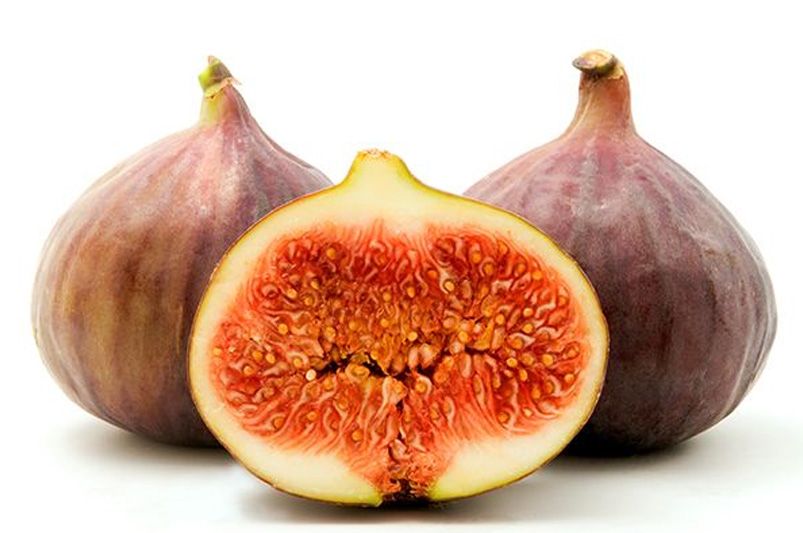
Brown Turkey Fig: Renowned for its sweet and flavorful edible fruit, the Brown Turkey fig tree is a popular choice among gardeners. This versatile variety thrives in a wide range of climates and produces abundant crops of delicious figs.
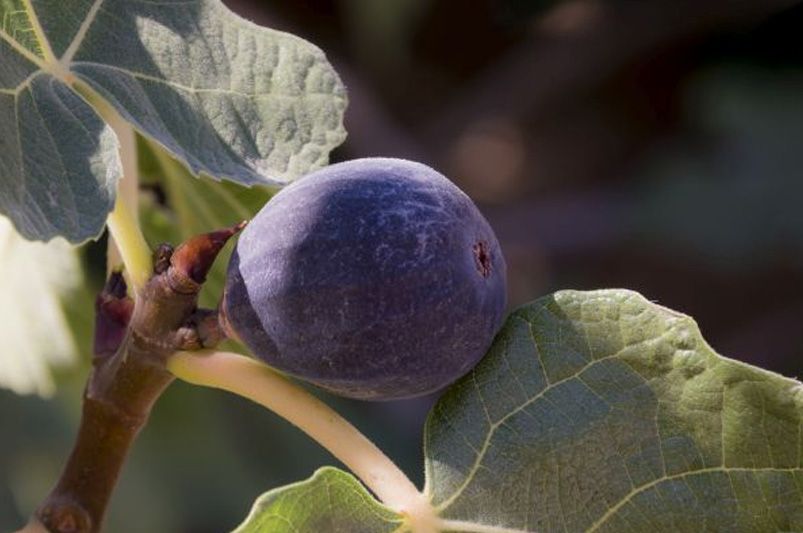
Chicago Hardy Fig Tree: As its name suggests, the Chicago Hardy fig tree is exceptionally resilient to cold temperatures, making it ideal for northern climates. Despite its hardiness, this variety still yields sweet and succulent figs that are sure to delight.
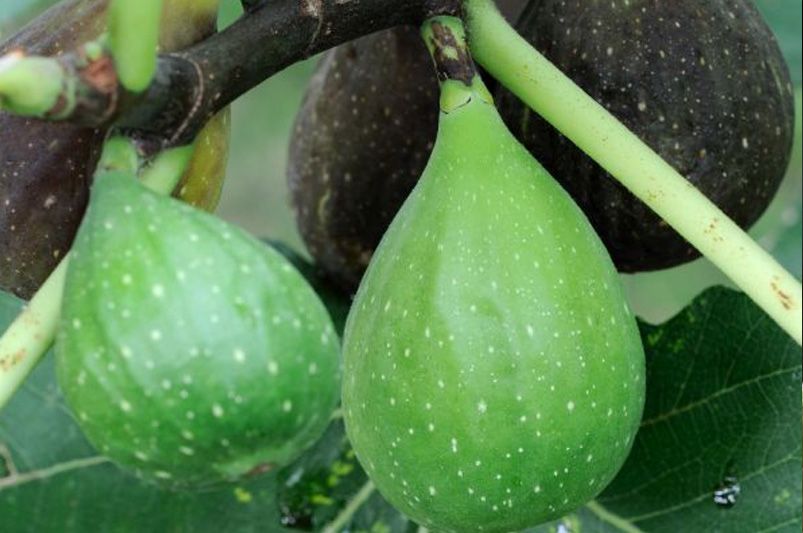
Celeste Fig Tree: With its compact size and prolific fruit production, the Celeste fig tree is a favorite among home gardeners. Its sweet, honey-flavored figs are perfect for fresh eating or drying, adding a touch of sweetness to your culinary creations.
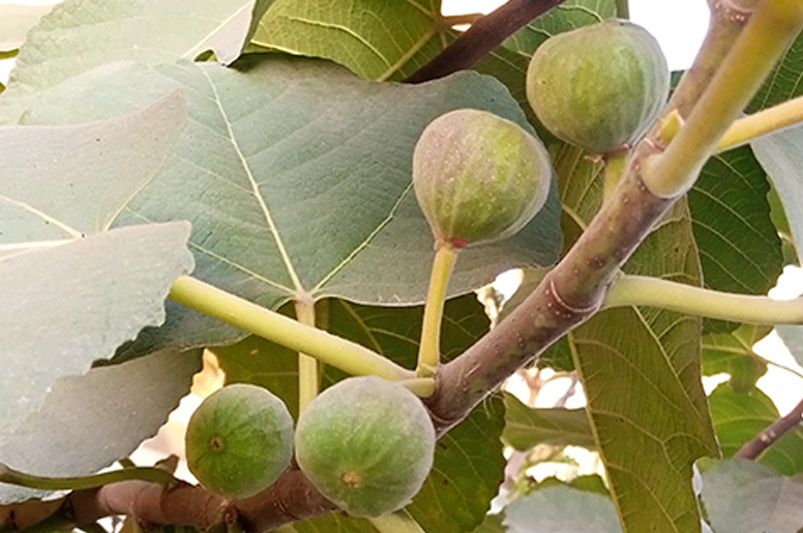
Desert King Fig: True to its name, the Desert King fig tree is renowned for its ability to withstand hot, arid conditions. This drought-tolerant variety produces large, flavorful figs with a honey-like sweetness, making it a prized addition to any garden.
Lifecycle of Fig Trees:
Fig trees have a fascinating lifecycle that involves both male and female flowers. The male flowers produce pollen, while the female flowers contain the ovules that develop into fruit. Interestingly, fig trees have a unique pollination process that involves tiny fig wasps. Female fig wasps enter the fig’s syconium (the structure that encloses the flowers) to lay their eggs and pollinate the flowers.
Factors Influencing Fig Tree Growth:
Several factors influence the growth and production of fig fruits. These include sunlight exposure, soil quality, water availability, and temperature. Fig trees thrive in warm climates with well-drained soil and plenty of sunlight. They are also remarkably drought-tolerant once established but may suffer damage from freezing temperatures.
At ShrubHub, we’re committed to providing high-quality fig trees that will thrive in your garden for years to come. Explore our diverse collection and bring the beauty and bounty of fig trees to your outdoor space. Let’s plant some figs and watch your garden flourish with flavor and fragrance!
Caring for Your Fig Tree:
To ensure the health and vitality of your fig tree, proper care and maintenance are key. Whether you’re a seasoned gardener or a novice, these essential tips will help you nurture your fig tree to its fullest potential.
1. Location and Planting: Choose a sunny spot in your garden with well-drained soil to plant fig trees. Ensure adequate spacing between trees to allow for proper airflow and sunlight penetration. Dig a hole slightly larger than the tree’s root ball and backfill with soil mixed with organic matter to promote healthy root development.
2. Watering and Fertilizing: Fig trees have moderate water needs, especially during hot, dry weather. Water deeply but infrequently, allowing the soil to dry out slightly between waterings. Apply a balanced fertilizer planned for fruit trees in early spring and again in late summer to provide essential nutrients for growth and fruit production.
3. Pruning and Training: Pruning is essential to grow fig trees and produce fruit. Remove any dead, diseased, or crossing branches, as well as any suckers that emerge from the base of the tree. Train young trees to a central leader or open vase shape to encourage healthy growth and airflow within the canopy.
4. Protection from Frost: While fig trees are hardy, they can be susceptible to damage from freezing temperatures, especially in colder climates. Protect young trees from frost by wrapping them in burlap or covering them with frost blankets during cold snaps. Consider planting fig trees against a south-facing wall or in a sheltered location to provide additional warmth and protection.
5. Pest and Disease Management: Keep an eye out for common fig plant pests, such as figeater beetles, spider mites, and scale insects, and take measures to control infestations. Prune away any affected branches and treat with organic insecticides or horticultural oils as needed. Monitor for signs of diseases like fig mosaic virus or fig rust and promptly remove and destroy infected plant material to prevent spread.
By following these essential tips for caring for your fig tree, you’ll be well on your way to enjoying a bountiful harvest of sweet and succulent figs. Remember to check out our fig tree collection to find the perfect variety for your garden.
Navigating Fig Tree Challenges
Fig trees, like any other plant, can encounter various issues that may affect their health and productivity. Some common problems include diseases like fig mosaic virus, fig rust, and root rot, as well as pests such as figeater beetles, spider mites, and scale insects. To address these issues, it’s essential to monitor your fig tree regularly for signs of trouble, such as yellowing leaves, leaf spots, or pest infestations. Promptly remove and destroy any affected plant material, and consider applying organic treatments such as neem oil or insecticidal soap to control pests. Proper sanitation practices, such as removing fallen leaves and debris from around the tree, can also help prevent the spread of disease.
Strategies for Protecting Fig Trees:
Fig trees are hardy and drought-tolerant, but they can be susceptible to damage from freezing temperatures and drought, especially when young. To protect your fig tree from freezing temperatures, consider wrapping the tree in burlap or covering it with frost blankets during cold snaps. Planting fig trees against a south-facing wall or in a sheltered location can also provide additional warmth and protection. To prevent drought stress, ensure your fig tree receives adequate water during dry periods and mulch around the base of the tree to conserve moisture.
Tips for Promoting Pollination and Maximizing Fruit Yield:
While some fig tree varieties are self-pollinating, others may require help from pollinators, such as bees, to produce fruit. To promote pollination, consider planting flowering plants nearby to attract bees and other beneficial insects to your garden. You can also gently shake the branches of your fig tree during flowering to help distribute pollen. Proper pruning and training of your fig tree can help maximize fruit yield by ensuring optimal sunlight penetration and airflow within the canopy. Be sure to thin out excess fruit as needed to prevent overcrowding and promote larger, healthier figs.
By addressing common fig tree problems, implementing strategies for protection against freezing temperatures and drought, and promoting pollination, you can overcome challenges and enjoy a thriving fig tree in your garden.
Conclusion:
In conclusion, cultivating fig trees can be a rewarding experience for any gardener. By understanding the needs of your fig tree, addressing common challenges, and implementing effective strategies for care and maintenance, you can enjoy a bountiful harvest of sweet and succulent figs for years to come.
At ShrubHub, we’re committed to helping you achieve your gardening goals and create the yard of your dreams. With our wide selection of fig tree varieties and expert advice, we’re here to support you every step of the way. Whether you’re a seasoned gardener or just starting out, our team of designers is ready to bring your vision to life with a full 3D model of your dream yard.
Ready to transform your outdoor space? Contact us today for a free phone consultation with one of our designers and discover the possibilities for your garden. With ShrubHub, creating the perfect outdoor oasis has never been easier. Let’s turn your gardening dreams into reality together!


